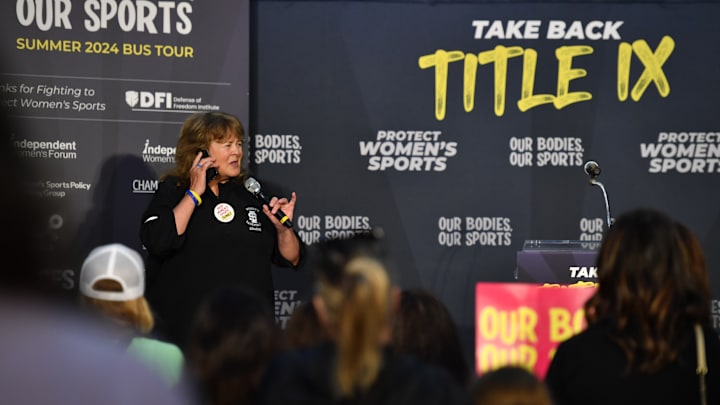The House v. NCAA settlement, finalized on June 6, 2025, ushers in an era of direct athlete payments and unrestricted NIL deals—but it sidesteps a foundational issue: Title IX. This federal law requires gender equity in educational programs, including athletics, and has long supported the viability of non-revenue women’s sports such as gymnastics, swimming, and track. As schools prepare to distribute up to $20.23 million annually in athlete compensation starting July 1, 2025, the settlement leaves institutions to navigate the legal and ethical landmines of equity compliance largely on their own.
Under Title IX, schools must offer proportional opportunities, scholarships, and resources across genders. This is typically achieved by balancing large men’s football rosters with women’s non-revenue sports. However, the settlement’s $2.8 billion in backpay—81% of which is earmarked for football and men’s basketball players—raises red flags. As reported by ESPN and detailed in court filings, female athletes have formally objected, warning that the uneven distribution model could violate federal law and leave women’s sports further marginalized.

Programs like women’s gymnastics and swimming are especially vulnerable. These teams are often sustained by football-generated revenue. Now, with $1.6 billion in damages being taken from conference distributions and an annual $20.23 million revenue-sharing obligation, athletic departments face mounting pressure. Schools lacking robust donor networks may consider cuts, but doing so while preserving men’s sports could trigger Title IX lawsuits—just as Brown University faced in its landmark 1990s case over women’s athletics.
Meanwhile, the June 11 launch of NIL Go—a clearinghouse tasked with vetting all athlete deals over $600—adds another wrinkle. Designed to regulate booster collectives and ensure market legitimacy, it has already sparked concern. Advocacy groups like Athletes.org, which now boasts over 4,000 members, fear that inconsistent enforcement could disproportionately target deals in women’s sports, compounding existing disadvantages for non-revenue athletes.
House settlement approved and, with it, non-collectively-bargained salary caps, enforcement commissions, and Deloitte “fair market value” analyses.
— Ryan P. Mulvaney (@ryanpmulvaney) June 7, 2025
End of litigation?
Hardly.
Just the beginning. https://t.co/wf2x5vCIsc
Yet, Title IX could also serve as a bulwark against those very cuts. At schools like UCLA and Michigan—where women’s gymnastics and swimming are both elite and visible—compliance incentives may encourage continued investment. But at Kentucky where neither are really visibile despite both being successful, things are different.
Scholarship limits impact smaller NCAA programs
Furthermore, the settlement replaces scholarship caps with roster limits, which may give schools flexibility to award more partial scholarships to women, potentially expanding access. Still, with no clear federal guidance on gender-equitable revenue-sharing, institutions are navigating in legal gray areas—and they know it. If the payout structure ends up skewing too heavily toward male athletes, litigation is not just likely—it’s inevitable.
